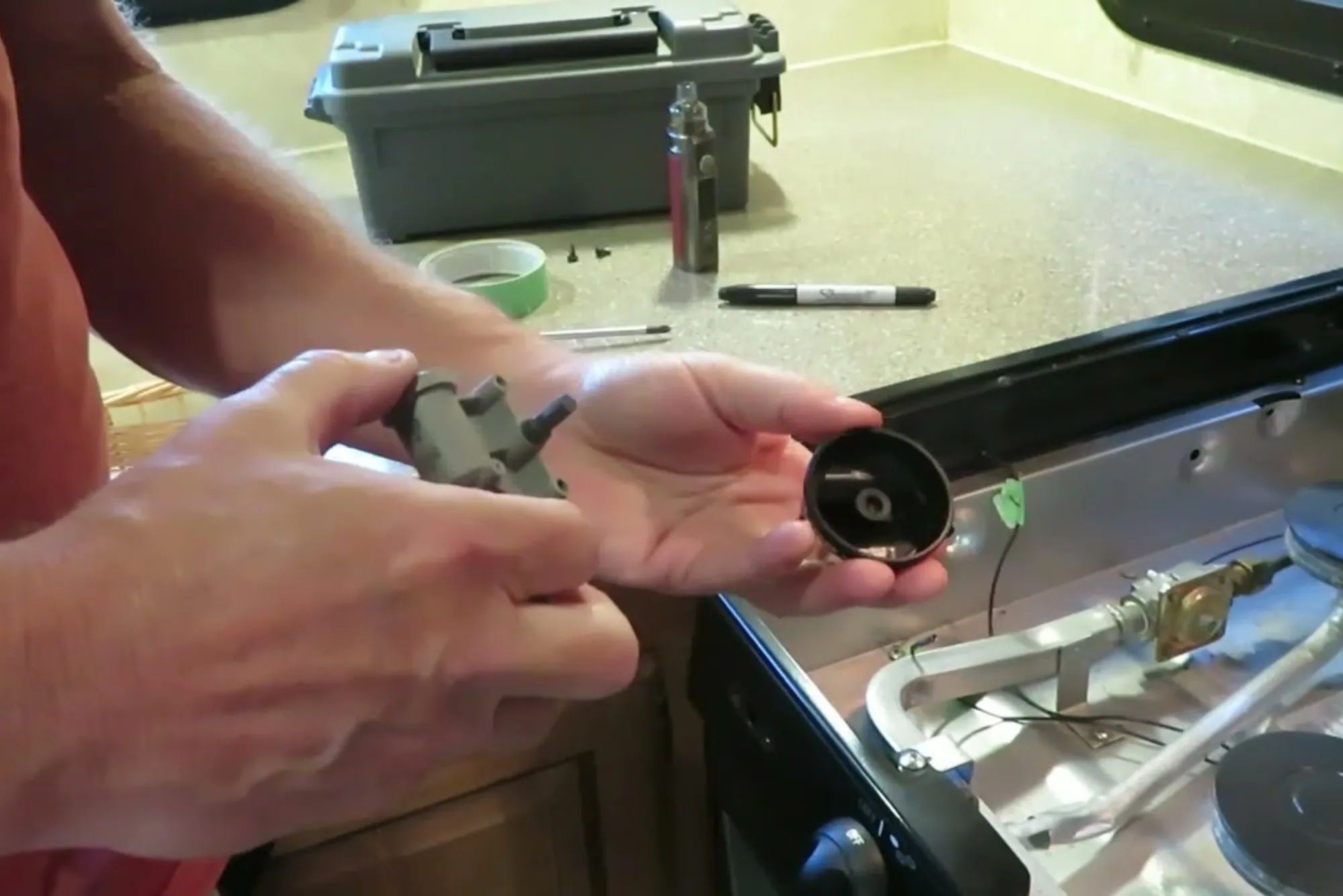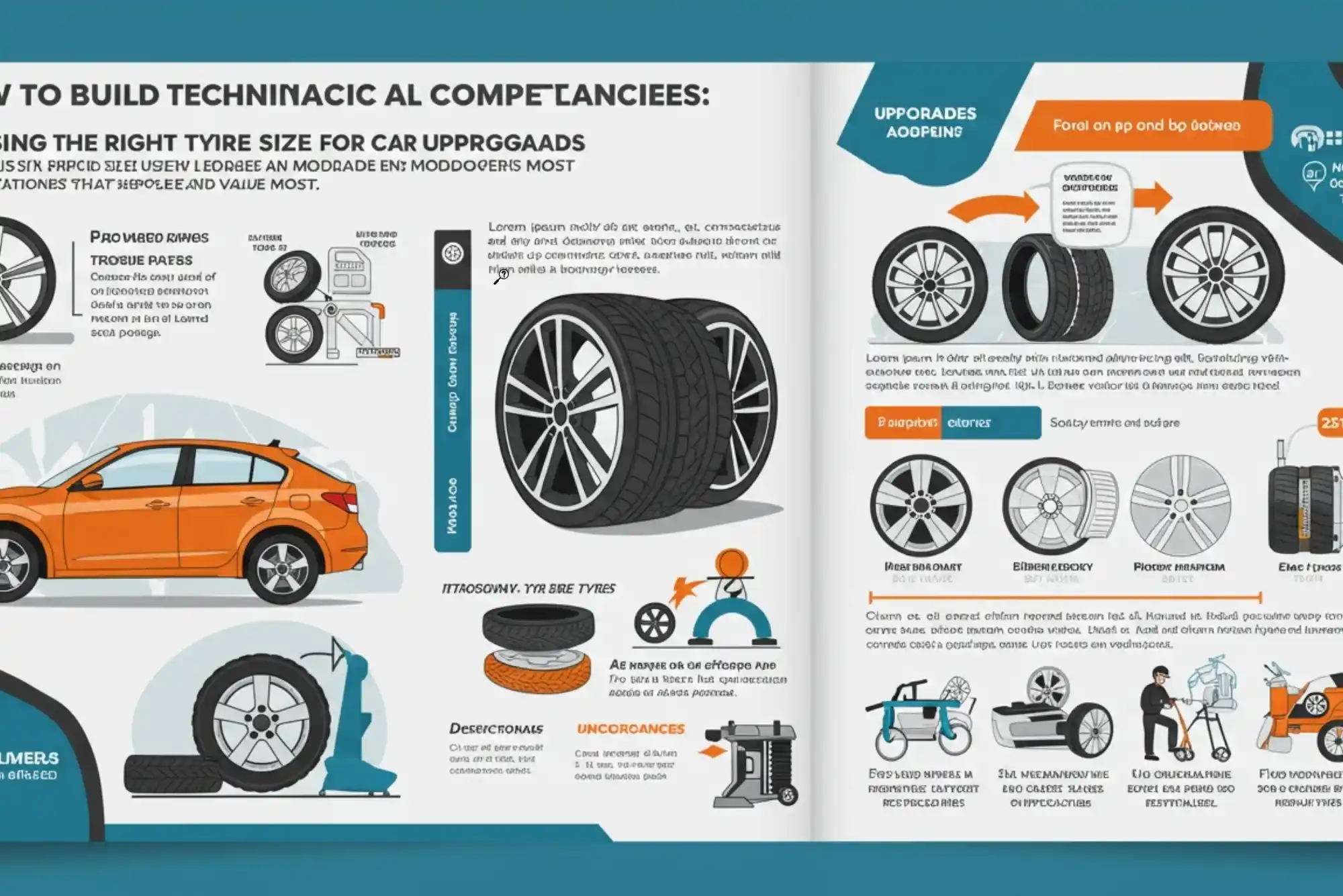Low carb foods are those that contain minimal carbohydrates and are high in protein, fiber, and healthy fats. These foods form the foundation of low carb diets, which are popular for promoting weight loss, better blood sugar control, and improved overall health. A low carb diet limits carbohydrate intake, focusing on protein, vegetables, and healthy fats. By reducing carbs, the body is forced to burn fat for energy, leading to several health benefits.
Benefits of a Low Carb Diet
One of the most well-known advantages of a low carb diet is weight loss. By reducing carb intake, your body begins to burn fat for fuel, making it an effective approach for fat reduction. This diet also helps stabilize blood sugar and insulin levels, which is particularly beneficial for individuals with type 2 diabetes. Additionally, many people report feeling more energized and mentally sharp on a low carb diet, as their blood sugar remains stable throughout the day.
Types of Low Carb Foods
Protein Sources
Protein is a critical component of any low carb diet. High-protein foods such as chicken, beef, pork, and fish are essential as they provide necessary nutrients while keeping carbohydrate intake low. Eggs are another excellent source of protein, while plant-based options like tofu and tempeh offer alternatives for vegetarians and vegans.
Low Carb Vegetables
Vegetables that are low in carbohydrates include leafy greens like spinach, kale, and arugula. Cruciferous vegetables like broccoli and cauliflower are also excellent low carb options. Other non-starchy vegetables, such as zucchini and bell peppers, provide vitamins and minerals without adding too many carbs.
Healthy Fats

Healthy fats play a vital role in a low carb diet by providing energy and helping to keep you full. Avocados, nuts, seeds, and oils like olive oil and coconut oil are rich in healthy fats and should be included in your meals. Butter and other full-fat dairy products can also be used in moderation.
Dairy Products
Full-fat dairy products, including cheese, Greek yogurt, and cream, are allowed on most low carb diets. They are low in carbs but rich in protein and fat, making them ideal choices for a balanced diet.
Foods to Avoid on a Low Carb Diet
While there are many delicious low carb foods to enjoy, there are certain foods you should avoid to stay within your carb limits:
- High-Carb Grains: Foods like rice, pasta, and bread are high in carbohydrates and should be avoided.
- Sugary Foods: Desserts, candies, and sugary beverages like sodas contain a lot of carbs.
- Starchy Vegetables: Vegetables like potatoes, corn, and peas are high in starch and can spike blood sugar levels.
- Processed Foods: Many packaged foods contain hidden sugars and carbs, so it’s essential to read labels carefully.
Sample Low Carb Meal Plan
Here is a sample low carb meal plan to help you get started:
| Meal | Low Carb Ideas |
|---|---|
| Breakfast | Scrambled eggs with spinach, Avocado and smoked salmon |
| Lunch | Grilled chicken salad with olive oil, Cauliflower rice stir-fry with shrimp |
| Dinner | Grilled steak with roasted asparagus, Zucchini noodles with pesto and shrimp |
| Snacks | Mixed nuts, Cheese with cucumber slices |
This meal plan focuses on high-protein, low-carb meals that provide essential nutrients while keeping carb intake to a minimum.
How to Transition to a Low Carb Diet
Switching to a low carb diet doesn’t have to happen overnight. Here’s how to make the transition smoothly:
Start Gradually
It’s a good idea to reduce carbs slowly to give your body time to adjust. Gradually replace high-carb foods with low carb alternatives over a week or two.
Tracking Carbs
There are many apps and tools available to help you track your daily carbohydrate intake. Keeping track ensures you stay within your carb limit.
Staying Hydrated
Hydration is key when following a low carb diet. Drinking plenty of water and adding electrolytes helps combat potential side effects like fatigue and headaches.
Dealing with Cravings
Cravings for high-carb foods may occur in the first few weeks, but they typically subside. Eating healthy fats and protein-rich foods will help keep you full and satisfied.
Popular Low Carb Diets

There are several low carb diets, each with its own approach and benefits:
- Keto Diet: A very low-carb, high-fat diet where the body enters a state of ketosis, burning fat for fuel.
- Atkins Diet: A phased approach to reducing carbs, starting with very low carb intake and gradually increasing.
- Paleo Diet: Focuses on whole, unprocessed foods that are low in carbs, such as lean meats and vegetables.
- Mediterranean Low Carb: Emphasizes healthy fats like olive oil, combined with lean proteins and vegetables.
Low Carb Foods Shopping List
Having the right ingredients on hand makes following a low carb diet easier. Here are some essentials to add to your shopping list:
- Protein: Chicken, beef, pork, fish, eggs, tofu.
- Vegetables: Spinach, broccoli, cauliflower, zucchini.
- Fats: Avocados, olive oil, nuts, seeds.
- Dairy: Cheese, Greek yogurt, cream.
Reading Labels
When shopping for processed or packaged foods, be sure to check the labels for hidden sugars and carbs. Many products marketed as “healthy” contain added sugars that can derail your low carb efforts.
Low Carb Recipes
Low carb eating doesn’t have to be boring! Here are some recipe ideas for every meal:
- Breakfast: Low-carb smoothies, egg muffins with spinach.
- Lunch: Lettuce wraps with grilled chicken, cauliflower pizza with low carb toppings.
- Dinner: Grilled meats with vegetable sides like roasted Brussels sprouts or zucchini noodles with marinara sauce.
- Desserts: Low-carb cheesecake, chocolate mousse made with cocoa and cream.
Common Myths About Low Carb Diets
There are several misconceptions about low carb diets, and it’s important to separate the facts from the myths:
Myth 1: All Carbs Are Bad
Not all carbs are unhealthy. Vegetables and fruits, for example, contain carbs but also provide essential vitamins, minerals, and fiber.
Myth 2: Low Carb Means No Energy
Many believe that low carb diets leave you feeling sluggish. In reality, your body adapts to burning fat for fuel, providing steady energy throughout the day.
Myth 3: Low Carb Diets Are Unhealthy
When done correctly, low carb diets are rich in nutrient-dense foods, including proteins, healthy fats, and fiber-rich vegetables.
Frequently Asked Questions (FAQs)
How many carbs should I eat on a low carb diet?
Typically, a low carb diet consists of 20 to 50 grams of carbohydrates per day, depending on individual goals and health needs.
Can I follow a low carb diet if I am vegetarian or vegan?
Yes, plant-based proteins like tofu, tempeh, and nuts can be included in a low carb vegetarian or vegan diet. Focus on non-starchy vegetables and healthy fats like avocado and coconut oil.
What are some common side effects when starting a low carb diet?
Some people experience fatigue, headaches, or “keto flu” in the first few weeks. Staying hydrated and consuming enough electrolytes can help reduce these symptoms.
Low carb foods offer a delicious and nutritious way to improve your health, lose weight, and stabilize blood sugar levels. By focusing on high-protein, healthy fats, and low-carb vegetables, you can enjoy satisfying meals while meeting your dietary goals. Start incorporating these low carb foods into your diet today for a healthier, more energetic you!







